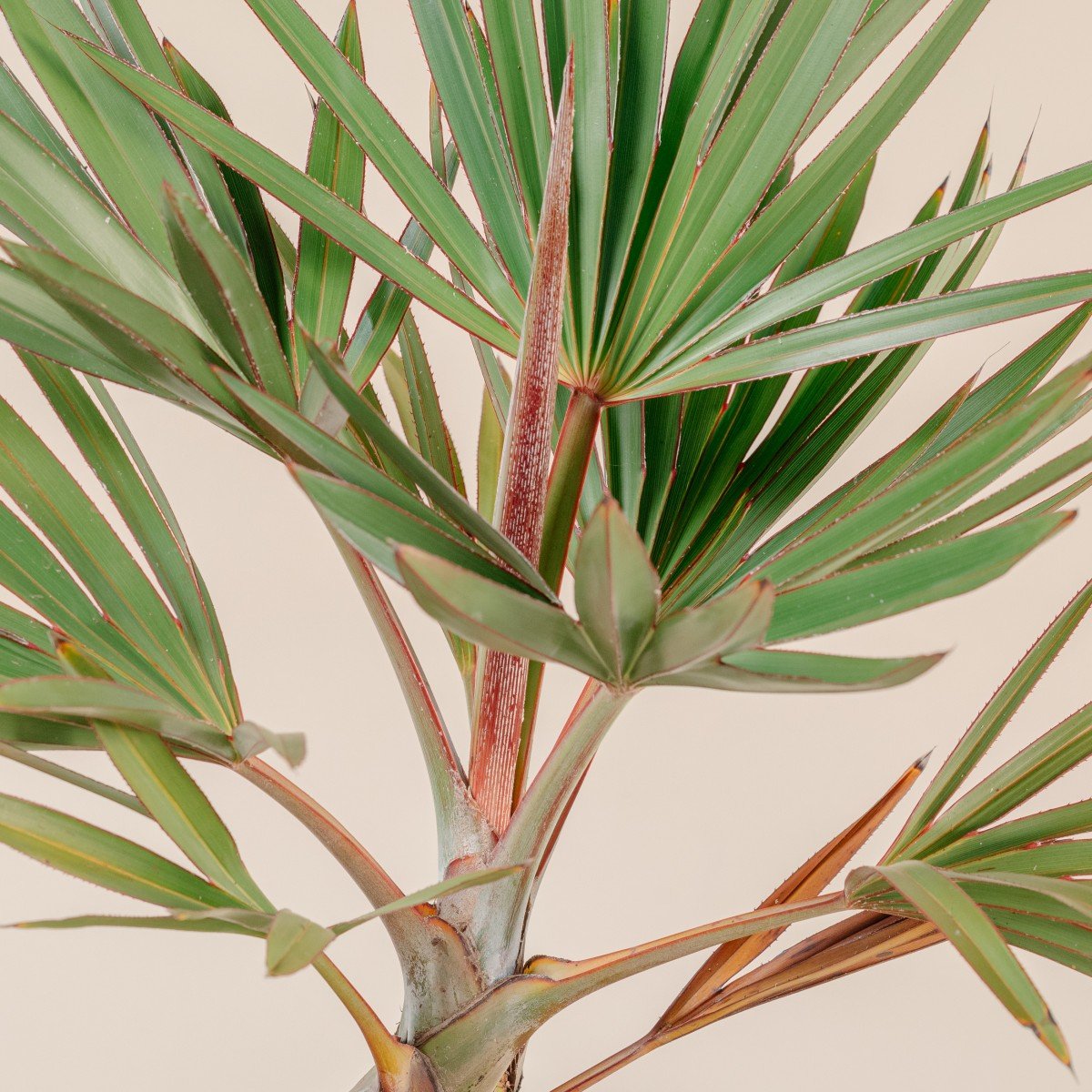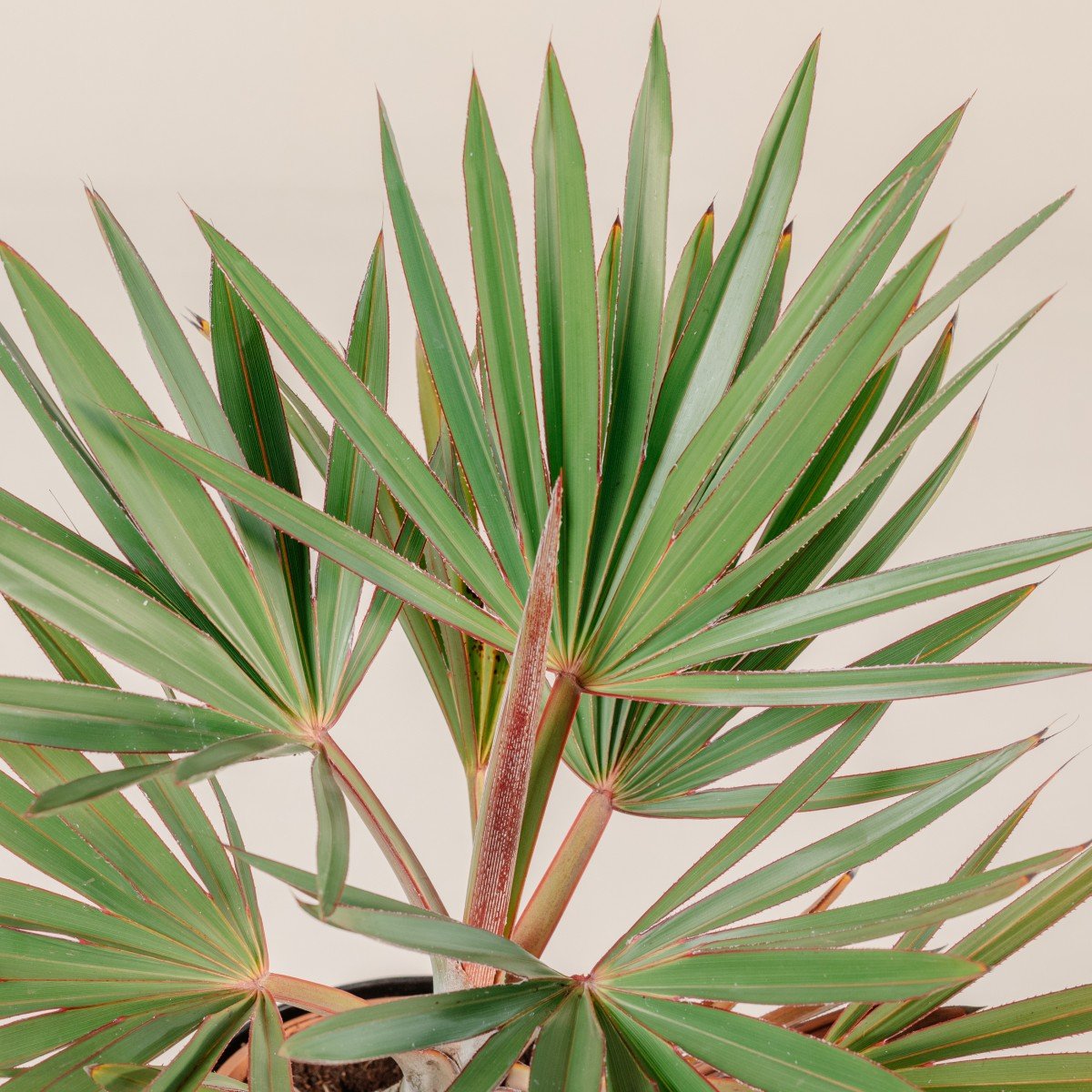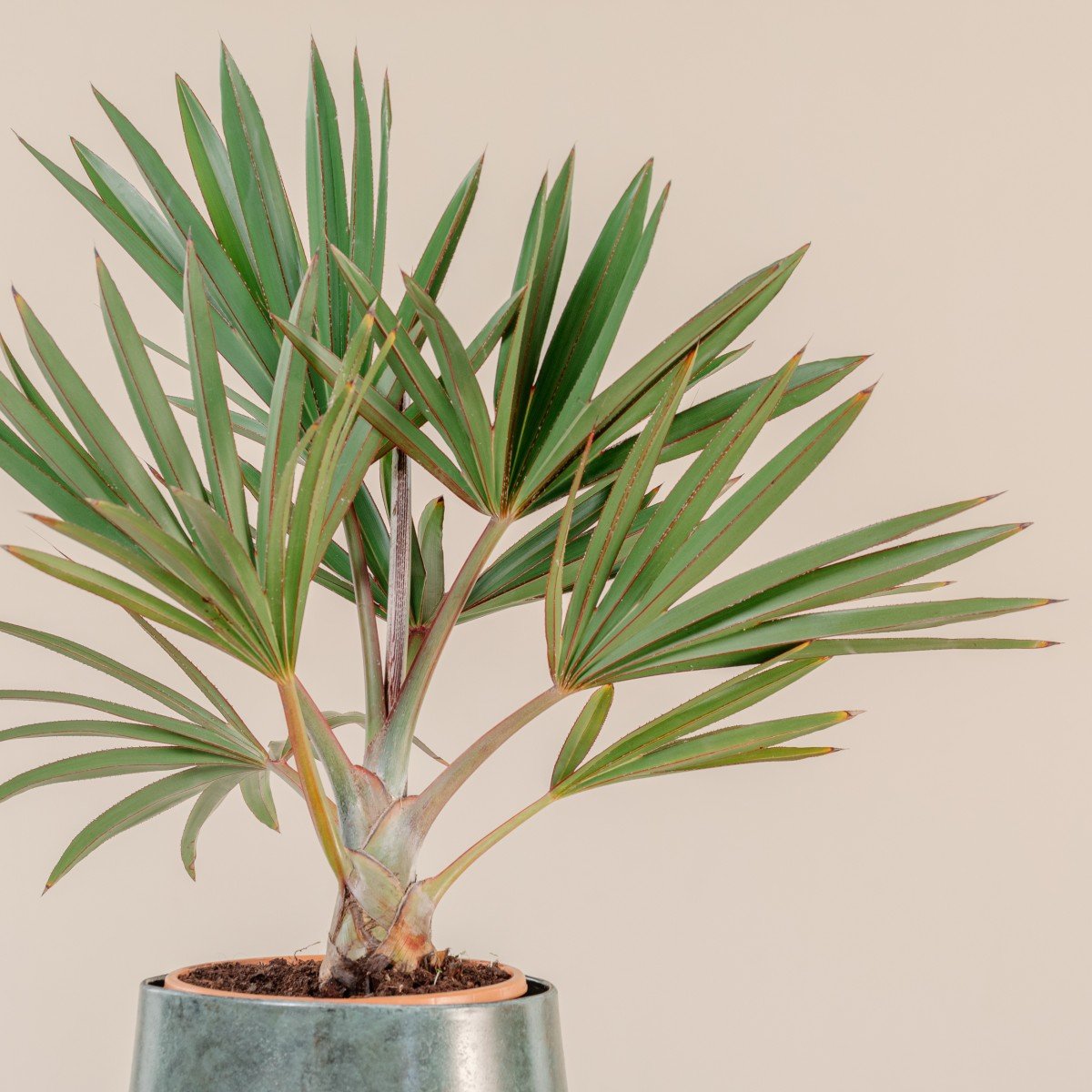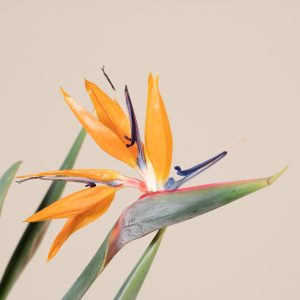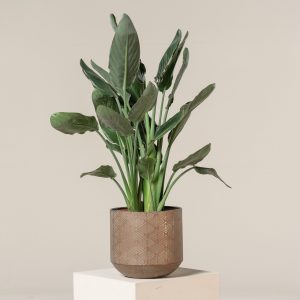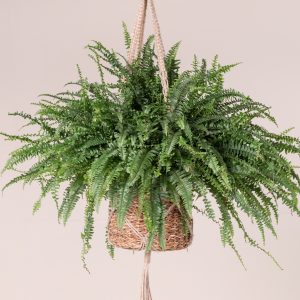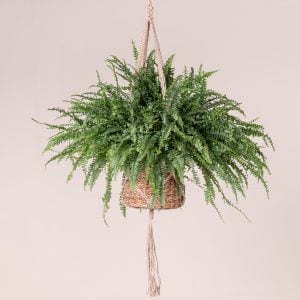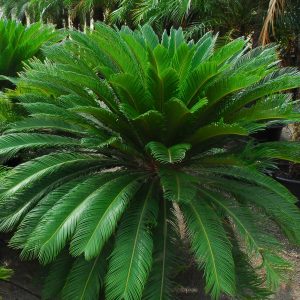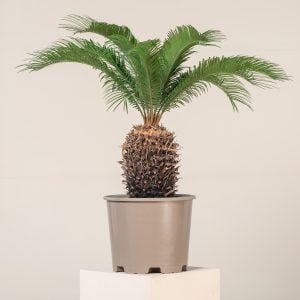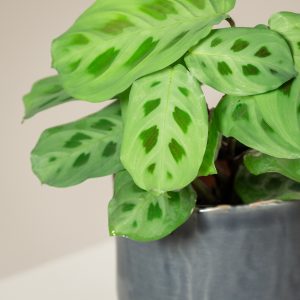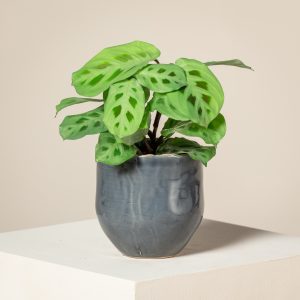Latania lontaroides
Red Latan, latanier de la Réunion
A spectacular rare tropical palm tree from the Island of Reunion. It boasts red leaves and petioles on juvenile specimens.
It makes an excellent pot plant due to its slow growing habit
Want to be notified when this product is back in stock?
Plant Biography
Latania lontaroides is endemic to Reunion, in the Indian Ocean. In the wild, the Latania is considered an endangered species, due to heavy deforestation for agricultural purposes. However, the palm tree is thriving in cultivation, as an ornamental palm.
As the plant matures, it develops a swollen base and the trunk may become dark.
The name of the genus comes from the name given by the indigenous people in Mauritius, though the palm is not natively found in the Mauritius island. The specific epithet ‘lontaroides’ means “resembling Lontarus”, a genus of palm now called Borassus. Quite confusing, isn’t it?
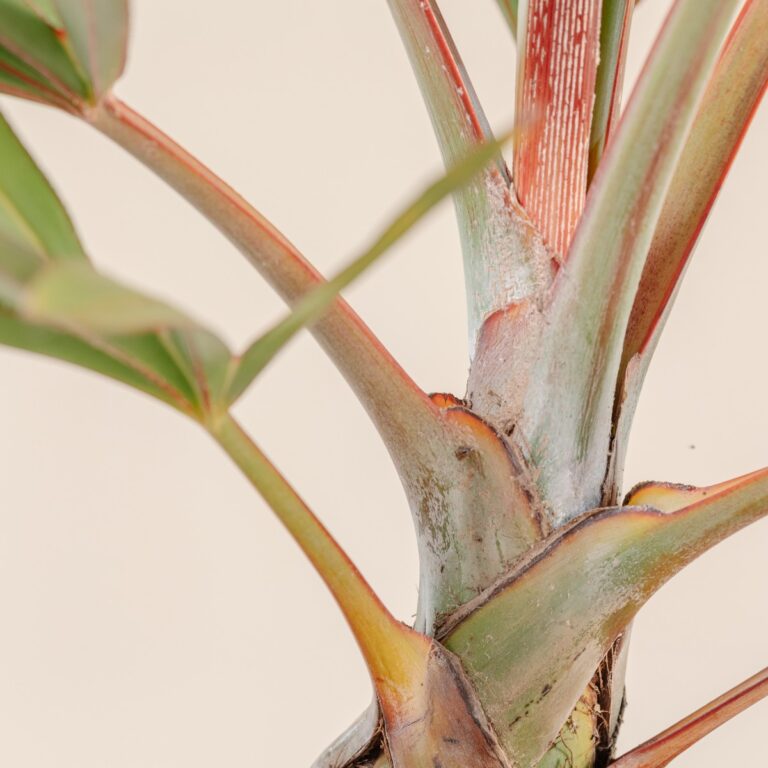
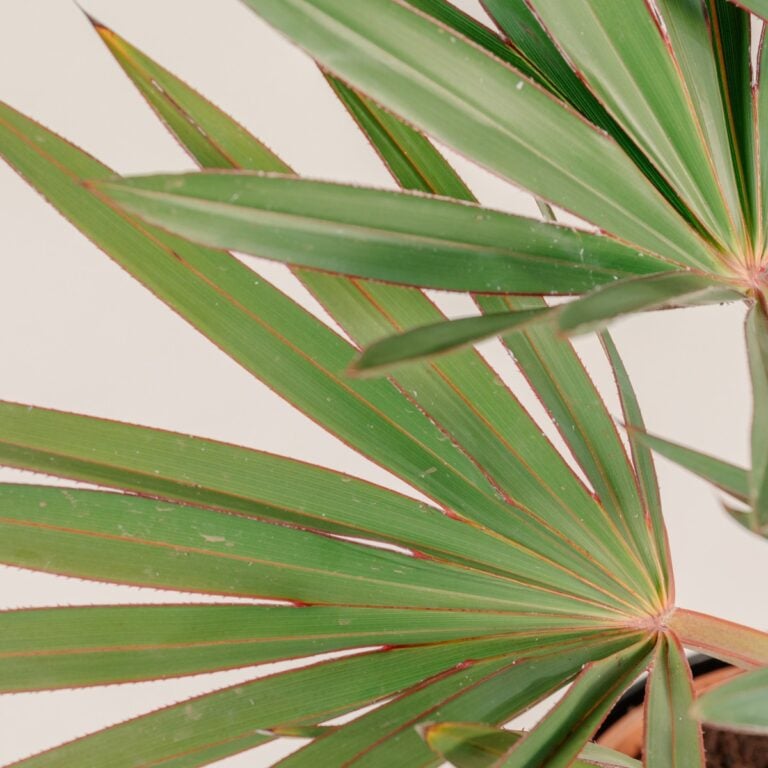
Care & Size Guidance
Surprisingly for a palm tree coming from a tropical island, Latania lontaroides is a palm tree that will tolerate temperatures down to 1 degree for short periods of time without damage.
Juvenile plants have gorgeous deep red leaves. More mature plants, start losing the red coloration and leaves turn silvery green. However, due to it’s very slow growth, Latania palm trees reach maturity in hot climates after 15-20 years.
In the UK, the Red Latan should be kept in a bright room, a sun room, or a heated conservatory. Keep the soil moist during summer and apply a balanced fertiliser during spring and summer.
It can be kept outdoors during summer, in South facing sheltered gardens.
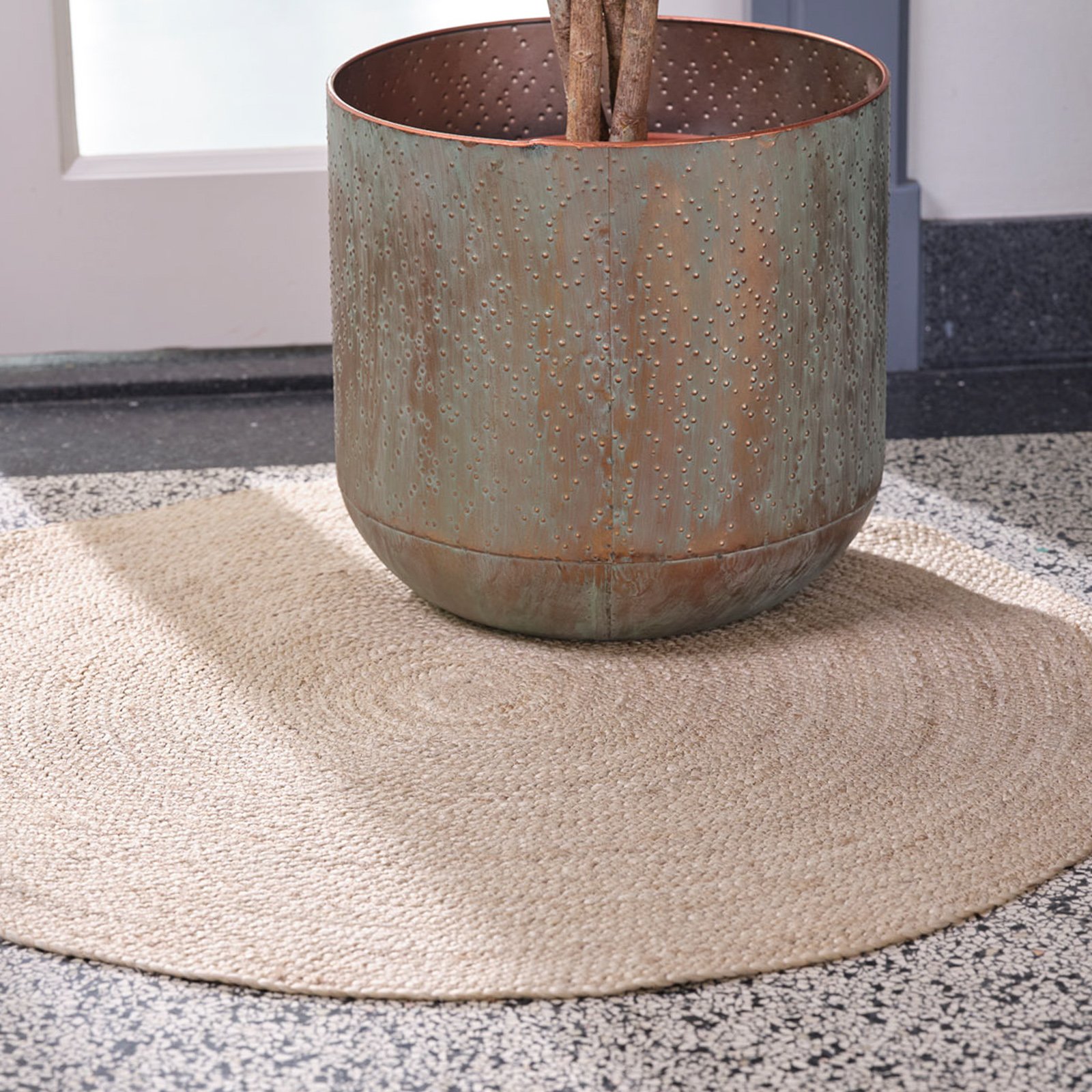
Choosing the right pot for your plant
Not sure what pot size to choose for your indoor plant?
We’ve put together a few tips and tricks on how to choose the correct decorative pot.

